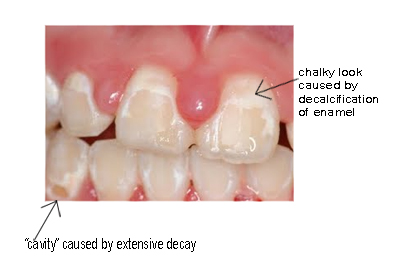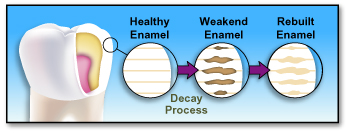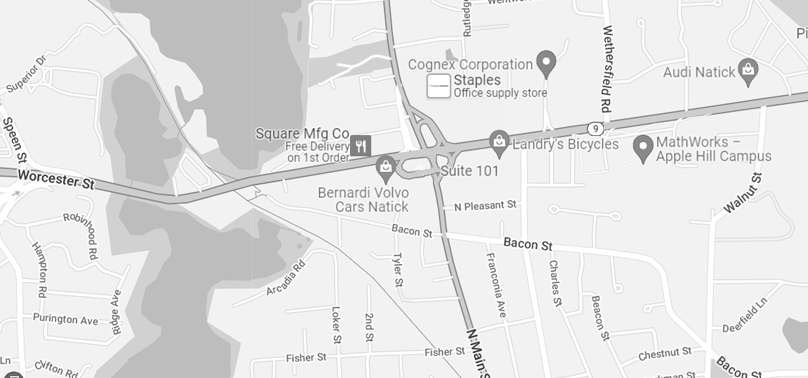
The day that braces come off is a day greatly anticipated by all orthodontic patients and orthodontists alike. It’s the day when both patient and doctor get to see the results of all of their hard work. Nothing can ruin this day quicker than discovering white spot lesions on the teeth.
White spot lesions, also called decalcifications and demineralizations, appear as white, chalky marks on the teeth. They are caused by dental plaque when acids created by the plaque remove minerals from the tooth surface changing the way the surface reflects light. The most common area for white spot lesions is between the gums and the brackets where brushing is most difficult. Many times white spots develop under swollen gum tissue making their detection difficult until after the braces are removed and swelling subsides. University studies have found that white spot lesions occur in 24% of adolescents who have never had braces. This number jumps to as high as 50% in teenagers with braces! Although braces DO NOT cause white spots on the teeth, they do complicate the removal of the plaque.
In order to prevent white spot lesions great oral hygiene is necessary, especially during orthodontic treatment. Removing plaque is the only sure way to prevent these stains. At Lakewood Park Orthodontics we begin oral hygiene coaching at the very first appointment. At the new patient consultation our treatment coordinator explains the importance of removing plaque and shows a video of how white spot lesions are formed. She describes which foods and drinks need to be avoided and encourages the use of a fluoridated toothpaste in order to harden the enamel surface. She also recommends using an electric toothbrush. By the end of the consultation both patients and parents know that white spot lesions are a possibility and how to prevent them.
When the braces are put on, our assistants go through proper brushing and flossing techniques with each patient. Patients are told to brush five times a day for two minutes and to floss once each day. During treatment, our assistants and Doctor Hughes reward good brushers with wooden nickels and give additional instruction to patients who are struggling. When they notice that oral hygiene needs to be improved they point it out to the patient and family immediately. Dr. Hughes has even removed braces early from some patients with severe problems.
If you have white spot lesion on your teeth when your braces come off, it’s reassuring to know that all white spots improve a little over time.  Experts advise AGAINST applying extra fluoride during the first six months as it may seal the surface of the lesion and prevent remineralization below the surface. After six months, low concentration over-the-counter fluoride rinses can be applied. Remineralization pastes (like MI Paste) can also be used to repair the tooth. Bleaching has been shown to lighten the enamel surrounding white spot lesions. White spots then blend in better and actually improve as the effects of the bleaching wear off. For more severe problems, your dentist may perform microabrasion (removing superficial white spots), cosmetic bonding (replacing damaged enamel), or place porcelain veneers (covering badly damaged surfaces).
Experts advise AGAINST applying extra fluoride during the first six months as it may seal the surface of the lesion and prevent remineralization below the surface. After six months, low concentration over-the-counter fluoride rinses can be applied. Remineralization pastes (like MI Paste) can also be used to repair the tooth. Bleaching has been shown to lighten the enamel surrounding white spot lesions. White spots then blend in better and actually improve as the effects of the bleaching wear off. For more severe problems, your dentist may perform microabrasion (removing superficial white spots), cosmetic bonding (replacing damaged enamel), or place porcelain veneers (covering badly damaged surfaces).
Since white spot lesions are caused by plaque the best prevention is keeping your teeth clean by practicing proper oral hygiene techniques. If you would like additional oral hygiene instruction ask Dr. Hughes or our assistants at your next appointment.
References:
Jorgensen Orthodontics http://www.gregjorgensen.com/blog/2013/08/do-orthodontic-braces-cause-white-spots-on-teeth/#sthash.rnKxgG5n.dpuf
Ora Media Dental Self-sufficiency http://mizar5.com/demin.htm
